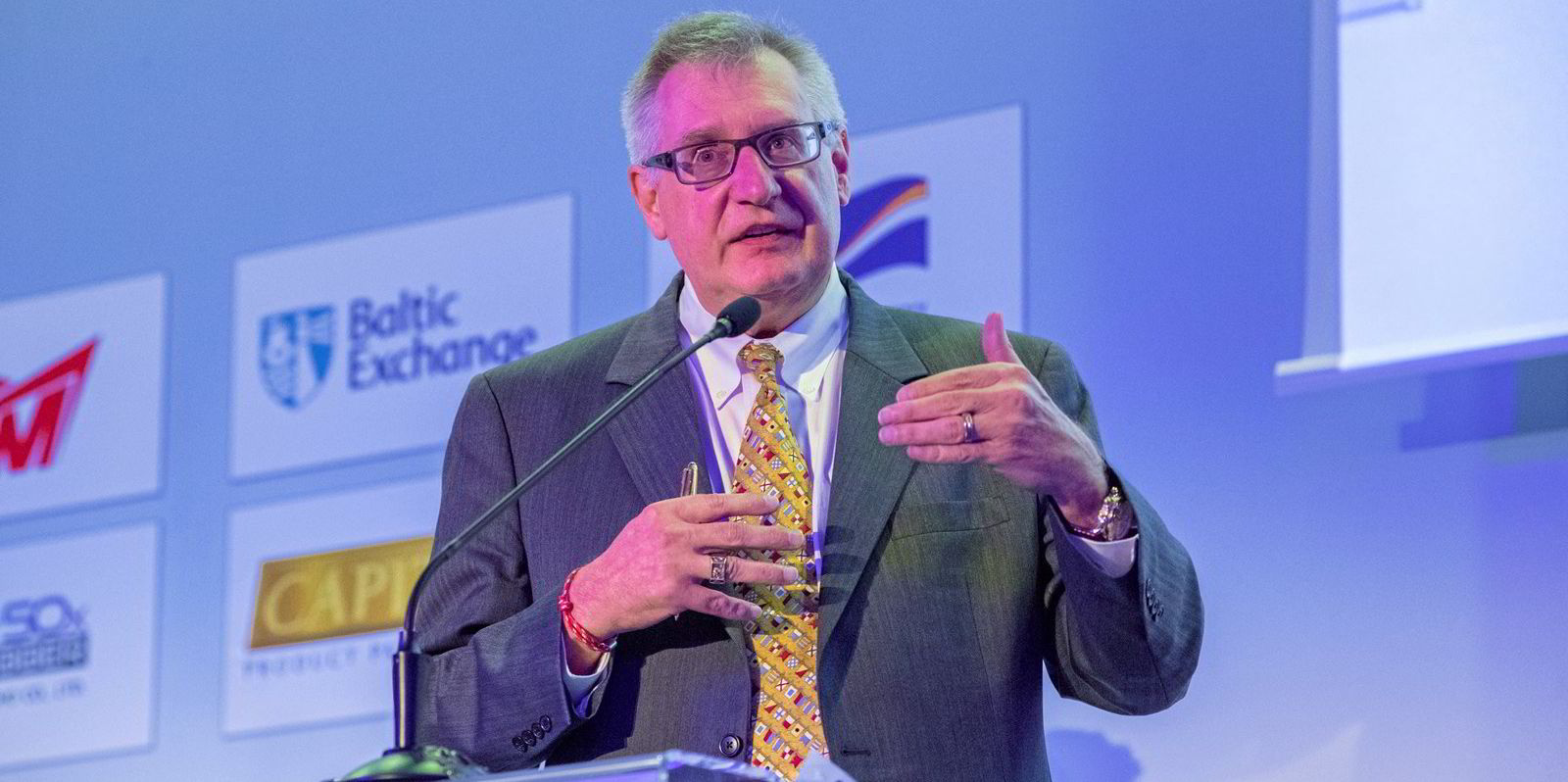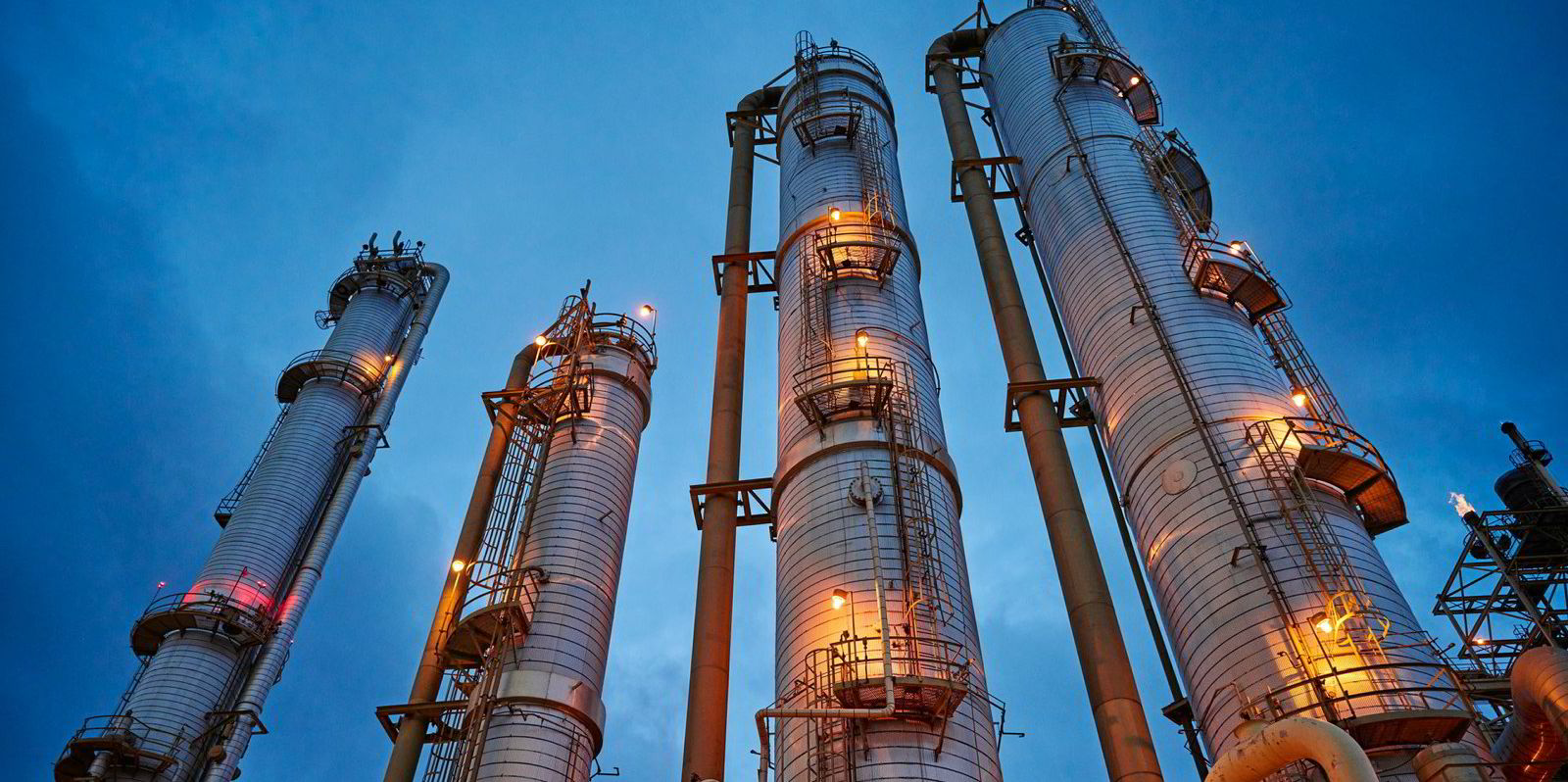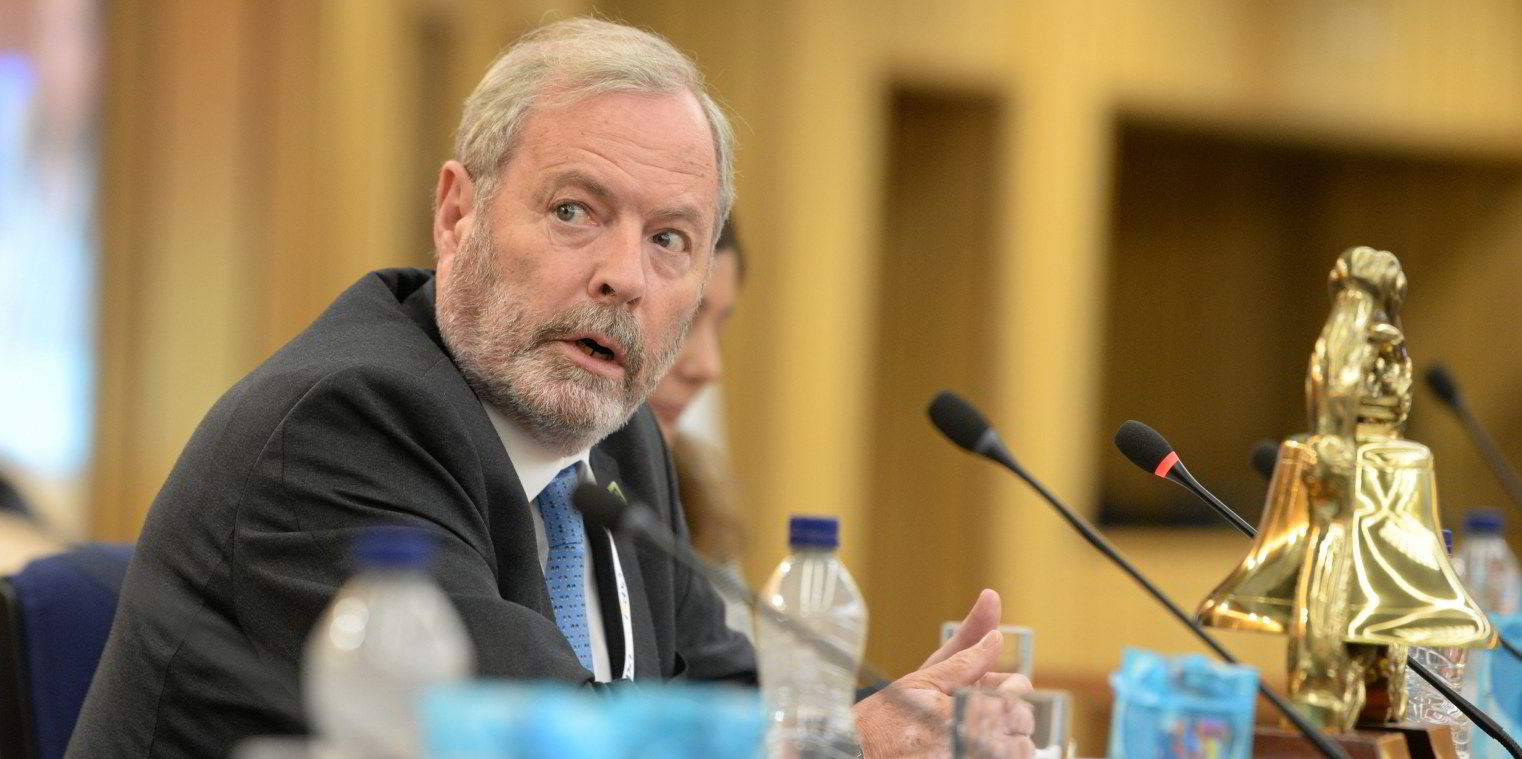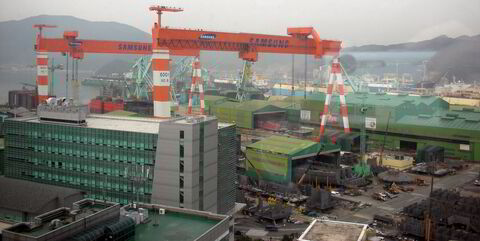Shipping might have a hard time acquiring the sorts of alternative fuels that could see the industry through to the IMO’s new goal of net zero emissions by 2050.
Both DNV and ABS described the impending competition as fierce, with demand from many industries and production capacity yet to be built — meaning owners should start exploring tech solutions to make progress towards the more ambitious goals.
“Our findings from our outlook show that ... there’s a significant amount of work that needs to be done between now and 2050,” ABS head Chris Wiernicki said at the organisation’s 2023 Sustainability Summit on Monday, part of London International Shipping Week.
The Houston-based class society’s chief executive dipped into his engineering background to describe the upcoming “decade of change”.
“Simply put, to get to net zero by 2050 ... it’s thermodynamically achievable but kinetically challenging,” he said.
ABS said the net zero goal will require a combination of 70% zero-carbon fuels, which requires 10 times more renewable energy than is currently being produced, and 30% carbon neutral fuels, which requires more carbon capture than exists today.
DNV said that to meet the IMO’s interim 2030 goal of a 20% greenhouse gas emission reduction, shipping would need as much as 40% of all global alternative fuel production.
It the industry was seeing a fuel technology transition, as more and more newbuildings are capable of running on non-traditional bunkers, but not yet a true fuel transition.
“How do we bridge this?” Wiernicki said. “First, energy efficiency improvements. The second is carbon capture. And third, layering of technology [to optimise vessel performance].
“All three are going to be required ... so that the green fuels will be available and scalable.”
Both said it was possible to cut onboard CO2 emissions by 70% through carbon capture and recommended owners look at all available technology.
DNV found a 15,000-teu container ship would have to stop twice during a hypothetical Asia-to-Europe voyage to empty its CO2 tanks and would be feasible even if sequestering the carbon cost as much as $80 per tonne.

The Norwegian classification society also suggested nuclear propulsion could be a solution, given its present use on naval vessels.
After its event on Tuesday night, DNV maritime chief executive Knut Orbeck-Nilssen said it was difficult to predict how shipping might fare on the 2050 net zero goal.
The event rolled out its most recent Maritime Forecast to 2050, which deemed the coming 10 years as a “critical decade” for the industry.
He likened the goal to running a marathon and the coming years as training for it.
“If you want to train for a marathon, you have to start training right?” Orbeck-Nilssen said. “There’s no chance that you will ever complete a marathon unless you really take training seriously and start doing your 10 km first.
“That’s exactly what we need to do in our industry and that starts with energy efficiency and being smart and and collaborating with others to find better solutions.”





